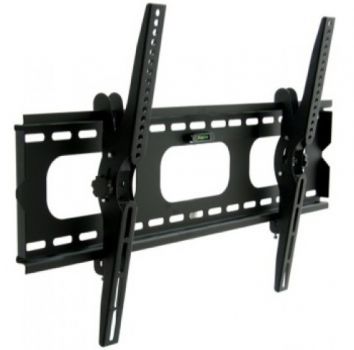
bumpntrunk
Got a large living room and need a tv minimum 60 inches (preferably 65 inches) and want the superthin backlit led lcd tv that has come out but all I found are max 55 inch and that aint gonna cut it.
I understand its a newer technology but I would think if they already have those sizes available then it wouldnt be a big stretch to incorporate into product lineup across the board for all sizes
Answer
sony makes a 70 inch lcd tv, and to be honest, I can't tell the difference if the tv has lcd or not. But the picture quality is top notch. I got a Samsung 55inch lcd, and i'm happy with it. Can't wait for OLED to come out in a larger format.
sony makes a 70 inch lcd tv, and to be honest, I can't tell the difference if the tv has lcd or not. But the picture quality is top notch. I got a Samsung 55inch lcd, and i'm happy with it. Can't wait for OLED to come out in a larger format.
Samsung 60 " LED TV Calibration?

dy_himself
Hello,
I just bought a new Samsung 60 inch led tv, UN60EH6050 to be exact.
I was wondering what the best settings were for it or what's the easiest way to calibrate it?
thanks!
Answer
I am not an expert on tv, but I want to help you. And when I read your question I suggest you to try these settings:
Picture Mode Movie
backlight 16
Contrast 95
brightness 45
Sharpness 15
Color 50
Tint G50/R50
Advance Settings
Dynamic Contrast Off
Black Tone Off
Flesh Tone 0
RGB Only Mode Off
Auto Color Space
10pt White Balance On
gamma +1
Off Expert Pattern
xvYCC Off
Picture Options
Color Tone Warm2
Digital Noise Filter Off
Off MPEG Noise Filter
HDMI Black Level Low
Film Mode Off
Auto Motion Plus Off
Off LED Motion Plus
10pt White Balance On
Interval Red Green Blue
1 0 -1 -1
2 -1 -1 -1
3 0 0 0
4 -1 0 +1
5 -1 -1 +1
6 -1 -1 -1
7 -1 -1 -1
8 0 0 0
9 +1 0 0
10 +2 0 0
White Balance
setting Value
R-Offset 25
G-Offset 25
B-Offset 28
R-Gain 18
G-Gain 23
B-Gain 21
Screen Adjustment
Picture Screen Size Fit
Hope you are helped.
<a href="http://www.bestledtvbrand.org/">Best LED TV Brand</a>
I am not an expert on tv, but I want to help you. And when I read your question I suggest you to try these settings:
Picture Mode Movie
backlight 16
Contrast 95
brightness 45
Sharpness 15
Color 50
Tint G50/R50
Advance Settings
Dynamic Contrast Off
Black Tone Off
Flesh Tone 0
RGB Only Mode Off
Auto Color Space
10pt White Balance On
gamma +1
Off Expert Pattern
xvYCC Off
Picture Options
Color Tone Warm2
Digital Noise Filter Off
Off MPEG Noise Filter
HDMI Black Level Low
Film Mode Off
Auto Motion Plus Off
Off LED Motion Plus
10pt White Balance On
Interval Red Green Blue
1 0 -1 -1
2 -1 -1 -1
3 0 0 0
4 -1 0 +1
5 -1 -1 +1
6 -1 -1 -1
7 -1 -1 -1
8 0 0 0
9 +1 0 0
10 +2 0 0
White Balance
setting Value
R-Offset 25
G-Offset 25
B-Offset 28
R-Gain 18
G-Gain 23
B-Gain 21
Screen Adjustment
Picture Screen Size Fit
Hope you are helped.
<a href="http://www.bestledtvbrand.org/">Best LED TV Brand</a>
Powered by Yahoo! Answers







